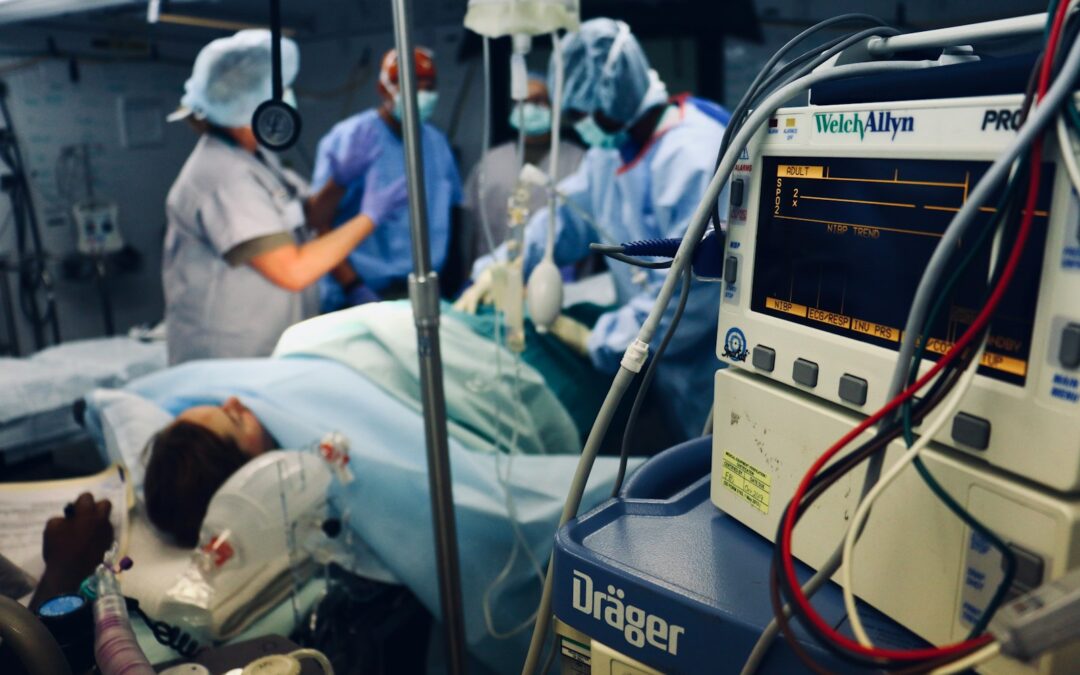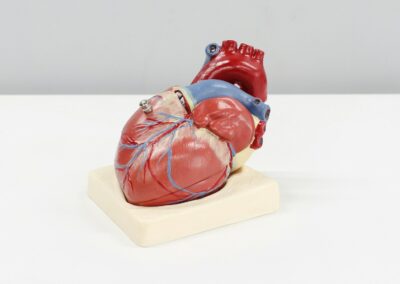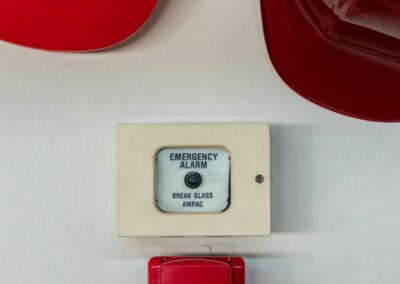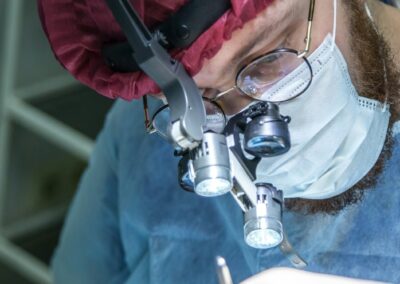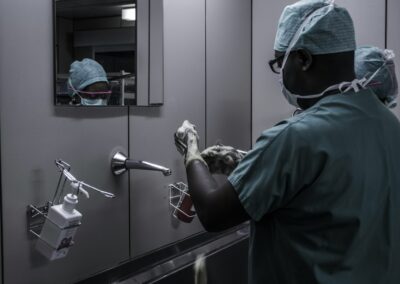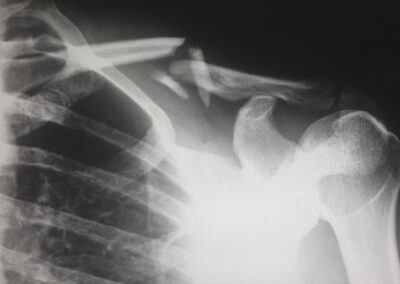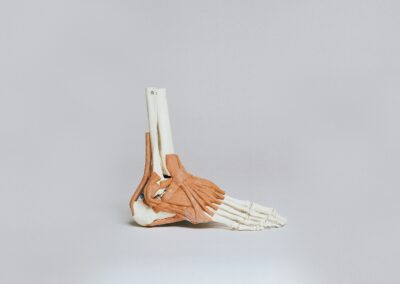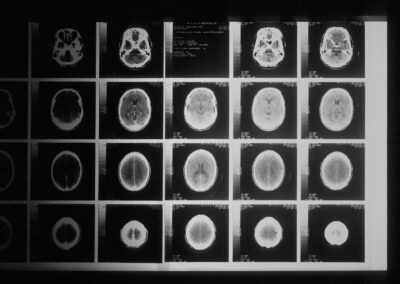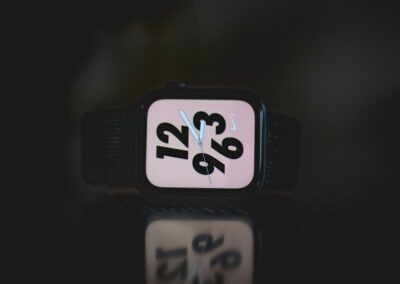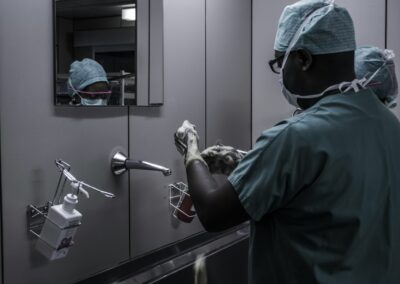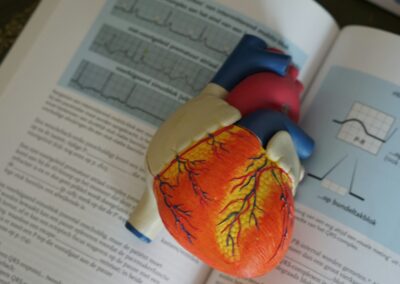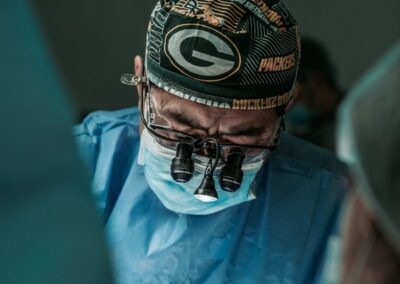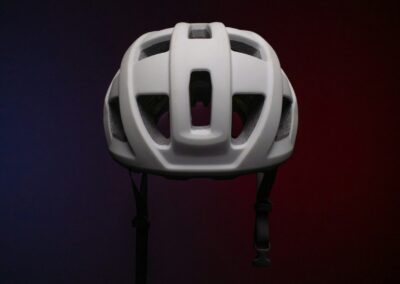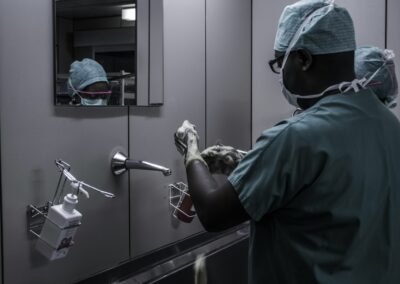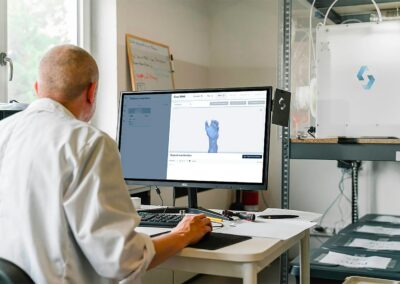Transforming Emergency Medical Training with Digital Twins
The benefits of digital twins in emergency medical training are profound and transformative. Digital twins, which are virtual models replicating real-world systems, have the potential to revolutionize how emergency medical procedures are simulated and how first responders are trained. By integrating digital twins into training programs, medical professionals can achieve more realistic, dynamic, and effective learning experiences.
Digital twins provide a detailed virtual representation of emergency medical scenarios, allowing trainees to practice and refine their skills in a risk-free environment. For instance, a digital twin of a complex trauma case can simulate various patient conditions and responses in real-time. This allows first responders to practice different intervention techniques, evaluate their effectiveness, and adjust their approach based on simulated patient feedback. Such realistic simulations enhance the preparedness and confidence of emergency medical teams, improving their performance in actual emergencies.
Moreover, digital twins enable scenario-based training that incorporates a wide range of variables and conditions. This is particularly valuable in emergency situations where variables can change rapidly and unpredictably. Trainees can experience and adapt to different emergency scenarios, such as varying levels of patient complexity or unexpected complications. This dynamic learning environment helps build critical thinking and decision-making skills, which are crucial for effective emergency response.
Enhancing Realism and Accuracy in Training
One of the key benefits of digital twins in emergency medical training is the enhanced realism and accuracy they provide. Traditional training methods, such as static simulations or role-playing exercises, may lack the depth and realism required to fully prepare first responders for high-pressure situations. Digital twins address this limitation by creating highly detailed and interactive simulations that mirror real-world conditions.
For example, digital twins can incorporate data from various sources, such as patient medical records, environmental conditions, and real-time physiological monitoring. This data integration allows for more accurate simulations that reflect the complexities of real emergencies. Trainees can interact with the digital twin as if it were a real patient, experiencing firsthand the effects of their interventions and decisions. This level of realism helps trainees develop a deeper understanding of emergency medical procedures and enhances their ability to perform effectively under pressure.
Additionally, digital twins offer the advantage of iterative learning. Trainees can repeat scenarios, adjust their techniques, and observe the outcomes in a controlled environment. This iterative process promotes continuous improvement and mastery of emergency procedures. By practicing repeatedly with digital twins, first responders can refine their skills, reduce errors, and increase their overall competence in handling emergency situations.
Improving Efficiency and Effectiveness of Training Programs
The benefits of digital twins in emergency medical training extend beyond enhanced realism and accuracy; they also contribute to the efficiency and effectiveness of training programs. Traditional training methods often require significant resources, such as physical simulators, props, and live actors, which can be costly and logistically challenging. Digital twins streamline the training process by providing virtual simulations that are readily accessible and adaptable.
Digital twins facilitate scalable training solutions, allowing multiple trainees to engage in simulations simultaneously. This scalability reduces the need for extensive physical resources and allows training programs to reach a broader audience. Additionally, digital twins can be customized to address specific training needs or focus areas, enabling targeted and efficient skill development. For example, a digital twin can be tailored to simulate particular types of emergencies or medical procedures based on the needs of the trainees.
Furthermore, digital twins offer the advantage of data collection and analysis. Training programs can gather data on trainee performance, identify areas for improvement, and track progress over time. This data-driven approach allows for continuous evaluation and enhancement of training programs, ensuring that they remain effective and aligned with evolving best practices. By leveraging data insights, training programs can optimize their content and delivery methods, ultimately improving the overall quality of emergency medical training.
The Future of Emergency Medical Training with Digital Twins
As technology continues to advance, the role of digital twins in emergency medical training is expected to grow even more significant. In regions like Saudi Arabia, the UAE, and other innovation-focused areas, the adoption of digital twins in healthcare training aligns well with ongoing investments in advanced technologies. The integration of digital twins with Artificial Intelligence, Blockchain, and other emerging technologies will further enhance the capabilities and applications of digital twins in medical training.
Artificial Intelligence can improve the accuracy and adaptability of digital twin simulations, while Blockchain can ensure the security and integrity of training data. The Metaverse might offer immersive training environments where first responders can interact with digital twins in a virtual space. These technological advancements will create new opportunities for enhancing emergency medical training and improving the preparedness of first responders.
In conclusion, the benefits of digital twins in emergency medical training are substantial and multifaceted. By enhancing realism, accuracy, efficiency, and effectiveness, digital twins are set to revolutionize the way emergency medical procedures are simulated and how first responders are trained. As technology continues to evolve, digital twins will play an increasingly crucial role in advancing emergency medical training and ensuring the readiness of healthcare professionals to handle critical situations.
—
#DigitalTwins #EmergencyMedicalTraining #FirstResponderSimulation #HealthcareInnovation #SaudiArabia #UAE #Riyadh #Dubai #ArtificialIntelligence #Blockchain #TheMetaverse #ExecutiveCoaching #GenerativeAI #ModernTechnology #BusinessSuccess #LeadershipSkills #ProjectManagement

